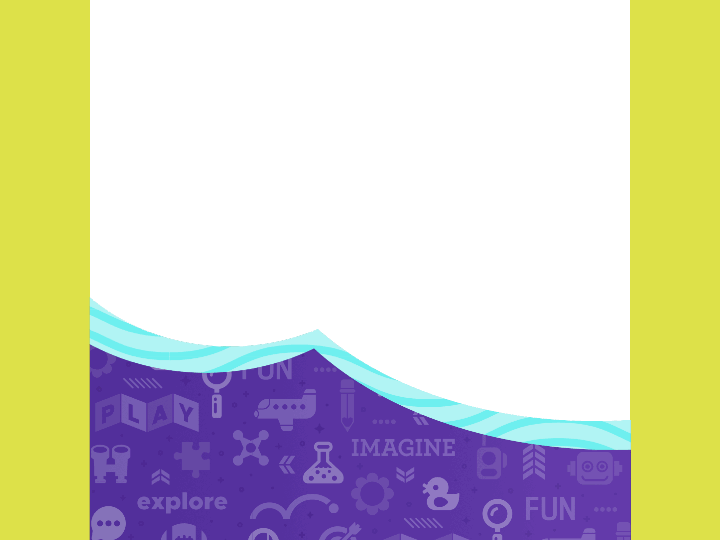Toysmith
Toysmith, a B2B wholesaler and distributor of toys and gifts, streamlined their brand look with a paired down catalog of bestsellers and ideas tailored to benefit its customers.
CAMPAIGN
A campaign to share the company direction and catalog news was devised for the web and beyond.







MY DESIGN PROCESS
This should look familiar, it's tried and true for design creation
EMPATHIZE
frame a question
1
DEFINE
gather inspiration
2
IDEATE
generate
ideas
3
PROTOTYPE
make ideas tangible
4
TEST
learn
more
5
CAtalog Update
There's really so much more that goes into the creation process- many additional notes, sketches, collaboration, feedback implementation, testing, reworks, tweaks, and back and forth with marketing and stakeholders. The following simply provides an overview, a linear framework despite the process being non-linear in nature. What's key is that I know how to adapt using the right tools to communicate what's needed in determining the best solution.
EMPATHIZE I spoke with marketing to gather their goals and combined them with knowledge of the customer. Existing photography was to be used due to given time and budget constraints, as well as a set page count allotment and the items desired per page.
DEFINE I've kept a library of inspiring design examples both physically and digitally for years. I started there in way of research, continuing with visits to toy, collectible, fashion, and home decor sites to peruse the latest way they were displaying product, rounding it out by combing through company catalog subscriptions.
IDEATE Armed with a Sharpie and notebook, I then began my ritual of jotting down lists of necessary components, potential ideas, and thumbnail sketches of possible layouts. I took the best options and digitally laid them out with placeholder copy and photography in order to present to marketing for feedback.
PROTOTYPE In this case, prototypes consisted of PDFs to share with the larger team and stakeholders given that the catalog would be in print with a digital version on ISSU.
TEST Layout revisions were made to accommodate last minute product changes and copy revisions, and after several rounds, working templates were developed for fellow designers to populate with photos and copy.


A busier style from the past

